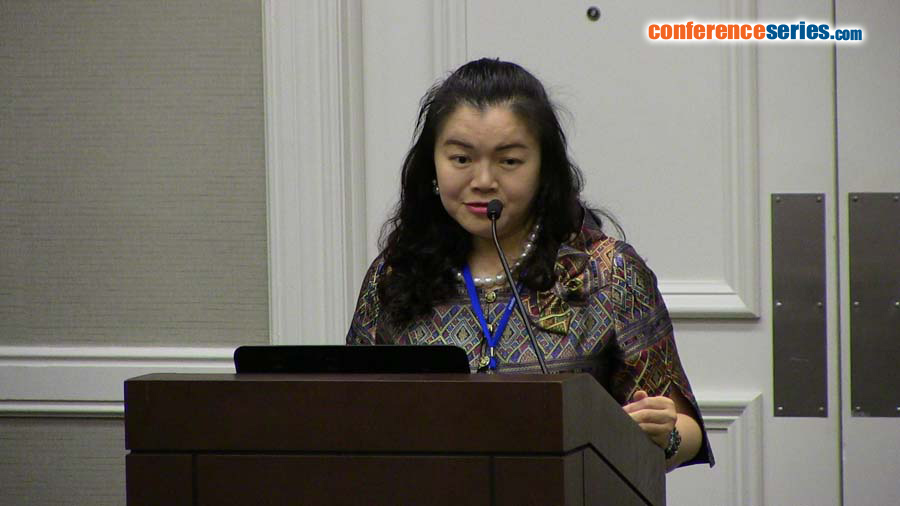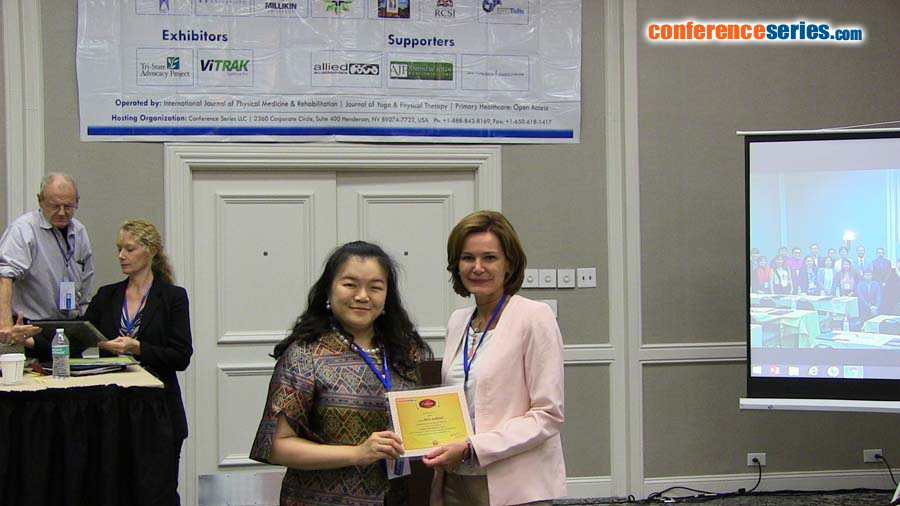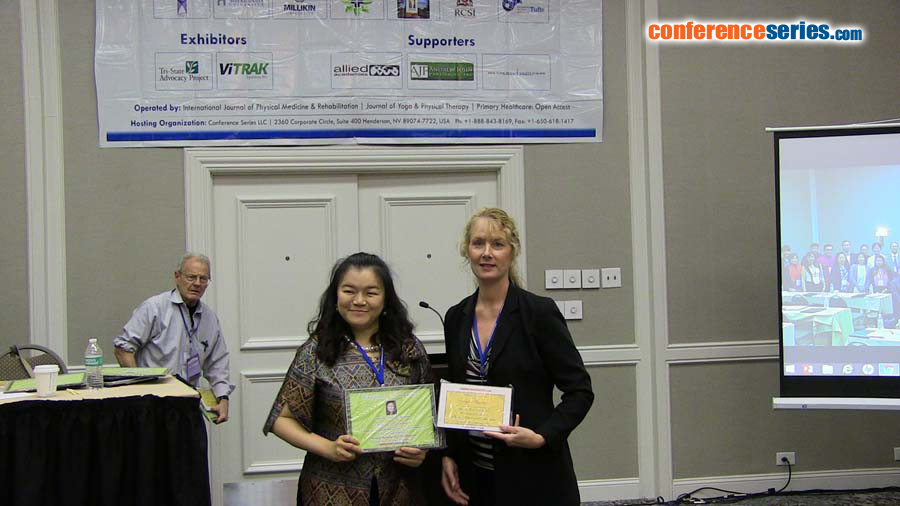
Biography
Biography: Areerat Suputtitada
Abstract
Spasticity is a major challenge to the neurorehabilitation team. It manifests as an increase in stretch reflexes, producing tendon jerks and resistance appearing as muscle tone. Effects of spasticity range from mild muscle stiffness to severe, painful muscle contractures and repetitive spasms that can prevent or hamper function, cause pain, disturb sleep, and major difficulties for hygiene care.
However, spasticity can also be useful, perhaps allowing a person to stand or walk if optimal level of spasticity. It is imperative that management is always patient and function focused rather than reduction of spasticity only.
The novel therapy of spasticity with Botulinum toxin type A (BTA) has been published as level A evidences since 2008. Currently Extracorporeal Shockwave Therapy (ESWT), Transcranial Direct Current Stimulation (tDCS) and repetitive Transcranial Magnetic Stimulation (rTMS) are increasing evidences in efficacy of Spasticity management. Optimizing of all these novel therapies are challenging. The trick in practical management are using them intelligently including indications, contraindication, dosages, how and when to use each of them. The optimization of these novel therapies requires careful patient assessment and realistic goals, knowledge of the functional anatomy, and understanding of how these novel therapies work and how best using them. Several techniques, using electromyography, electrical stimulation, ultrasound guidance are aimed to increase the accuracy of targeting during BTA injection. Neurorehabilitation after BTA injection also enhance treatment outcomes. Basic and sophisticated instrumental balance and gait training, therapeutic exercises, constraint induced movement therapy, functional electrical stimulation, functional orthoses are also important to increase functional outcome. Repetitive transcranial magnetic stimulation (rTMS), transcranial direct current stimulation (tDCS), extracorporeal shock wave therapy (ESWT) are increasing evidences supported in using alone or using after BTA injection. Optimizing all these novel therapies in spasticity treatment is importance.




